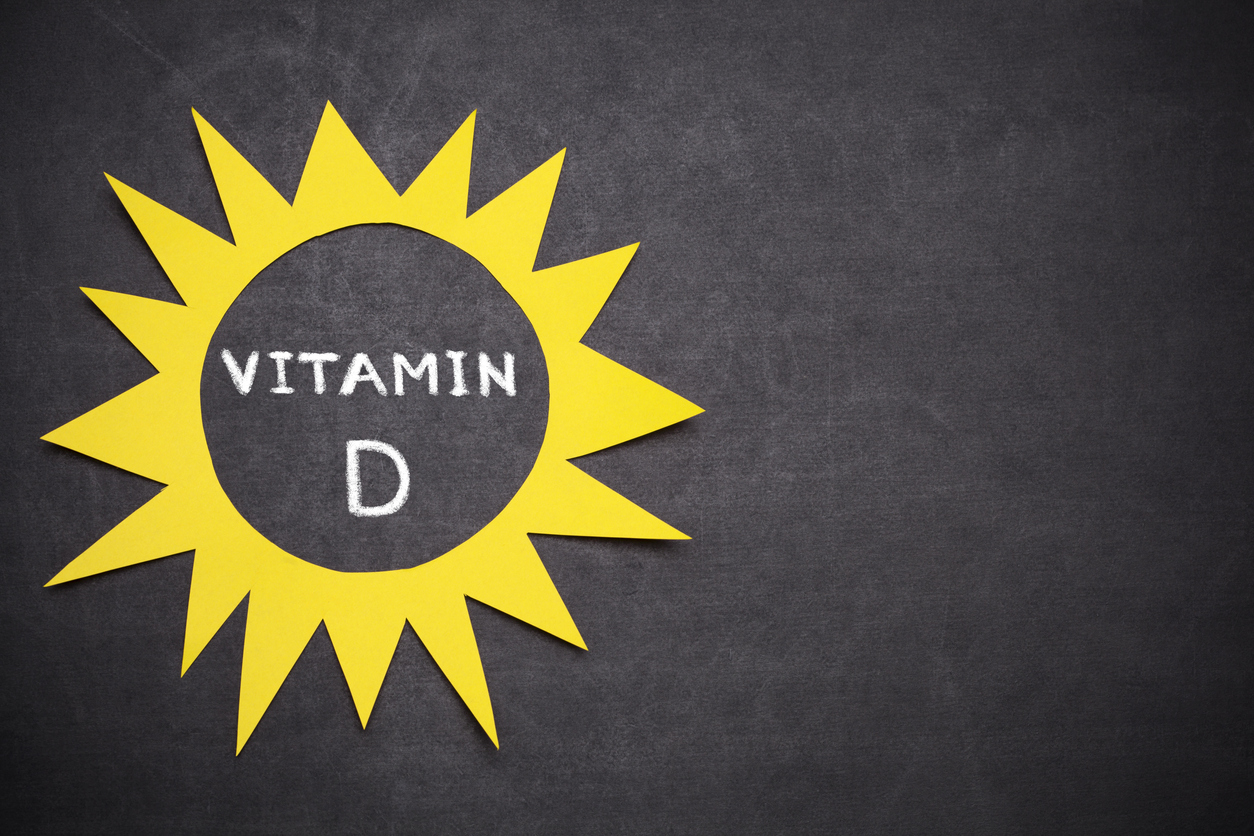##vitaminD #COVID #immune #health #death #disease,
“Early on in this VirusCasedemic I wrote about the benefits of vitamin D Vs COVID, here is an extensive up date” — Paul Ebeling
A number of clinical trials are also underway, looking further into the use of vitamin D for COVID-19, including one by Harvard Medical School researchers investigating whether taking daily vitamin D reduces COVID-19 disease severity in those newly diagnosed as well as reducing the risk of infection in household contacts.
The Big Q: Do you know your vitamin D level?
The Big A: No! Then get your blood tested and optimize your levels. As it is 1 of the simplest steps you can take to improve your health, including in relation to COVID-19. Vitamin D, as an immunomodulator, perfect for countering the immune dysregulation that is common with COVID-19.
By November 2020, it was known that there were striking differences in vitamin D status among people who had asymptomatic COVID-19 and those who became severely ill and required ICU care. In one study, 32.96% of those with asymptomatic cases were vitamin D deficient, compared to 96.82% of those who were admitted to the ICU for a severe case
COVID-19 patients who were deficient in this inexpensive and widely available vitamin had a higher inflammatory response and a greater fatality rate.
The study authors recommended “mass administration of vitamin D supplements to populations at risk for COVID-19,” in a study published in Scientific Reports, but this has not happened in the United States.
As of 21 April, the date the US National Institutes of Health last updated its COVID-19 treatment guidelines/vitamin D page, the agency stated, “There are insufficient data to recommend either for or against the use of vitamin D for the prevention or treatment of COVID-19.”
However, the evidence for its use is overwhelming +++!
Vitamin D has multiple actions on the immune system, including enhancing the production of antimicrobial peptides by immune cells, reducing damaging pro-inflammatory cytokines, and promoting the expression of anti-inflammatory cytokines. Cytokines are a group of proteins that your body uses to control inflammation.
When we get an infection, our body releases cytokines to help combat inflammation, but sometimes, it releases more than it should. If the cytokine release spirals out of control, the resulting “cytokine storm” becomes dangerous and is closely tied to sepsis, which may be a contributor to the death of some COVID-19 patients.
Many COVID-19 therapeutics are focused on viral elimination instead of modulating the hyperinflammation often seen in the disease. In fact, uncontrolled immune response has been suggested as a factor in disease severity, making immunomodulation “an attractive potential treatment strategy,” wrote researchers from Singapore in a study published in Nutrition.
In another study, researchers investigated the effects of Pulse D therapy—daily high-dose supplementation (60,000 IUs) of vitamin D—for eight to 10 days, in addition to standard therapy, for COVID-19 patients deficient in vitamin D. Vitamin D levels increased significantly in the vitamin D group from 16 ng/ml to 89 ng/ml, while inflammatory markers significantly decreased, without any side effects.
“Vit.D acts as a smart switch to decrease the Th1 response and pro-inflammatory cytokines while enhancing the production of anti-inflammatory cytokines in cases of immune dysregulation. It is pertinent to note that SARS-CoV-2 virus activates Th1 response and suppresses Th2 response,” they wrote.
They concluded that Pulse D therapy could be safely added to COVID-19 treatment protocols for improved outcomes.
Another group of researchers in Spain gave vitamin D3 (calcifediol) to patients admitted to the COVID-19 wards of Barcelona’s Hospital del Mar. About half the patients received vitamin D3 in the amount of 21,280 IU on day 1 plus 10,640 IU on days 3, 7, 15, and 30. Those that received vitamin D fared significantly better, with only 4.5% requiring ICU admission compared to 21% in the no-vitamin D group.
Vitamin D treatment also significantly reduced mortality, with 4.7% of the vitamin D group dying at admission, compared to 15.9% in the non-vitamin D group.
“In patients hospitalized with COVID-19, calcifediol treatment significantly reduced ICU admission and mortality,” the researchers wrote in the Journal of Clinical Endocrinology & Metabolism.
At one point, the United Kingdom’s National Health Service was offering free vitamin D supplements to people at high risk from COVID-19.
Dose matters when it comes to COVID-19 recovery. In a randomized clinical trial in Saudi Arabia, researchers compared daily supplementation with either 5,000 IUs or 1,000 IUs oral vitamin D3 among patients with suboptimal vitamin D levels hospitalized for mild to moderate COVID-19. Those in the 5,000 IUs group had a significantly shorter time to recovery for cough and loss of the sense of taste compared to the 1,000 IUs group.
According to the researchers, “The use of 5000 IU vitamin D3 as an adjuvant therapy for COVID-19 patients with suboptimal vitamin D status, even for a short duration, is recommended.”
In a prior review, the researchers explained that vitamin D has favorable effects during both the early viraemic phase of COVID-19 as well as the later hyperinflammatory phase, including for acute respiratory distress syndrome, a lung condition that’s common in severe COVID-19 cases, which causes low blood oxygen and fluid buildup in the lungs.
“Based on many preclinical studies and observational data in humans, ARDS may be aggravated by vitamin D deficiency and tapered down by activation of the vitamin D receptor,” they wrote in a study published in The Journal of Steroid Biochemistry and Molecular Biology “Based on a pilot study, oral calcifediol may be the most promising approach.”
Even booster doses of vitamin D, regardless of baseline levels, appear to be effective in reducing the risk of mortality in people admitted to the hospital with COVID-19, particularly for the elderly.
“This inexpensive and widely available treatment could have positive implications for the management of COVID-19 worldwide, particularly in developing nations,” researchers from the United Kingdom noted.
A systematic review and meta-analysis published in the Journal of Endocrinological Investigation included 13 studies involving 2,933 COVID-19 patients. Vitamin D was a clear winner, with use in COVID-19 patients significantly associated with reduced ICU admission and mortality, along with a reduced risk of adverse outcomes, particularly when given after COVID-19 diagnosis.
When it comes to data to support the use of vitamin D for COVID-19, 87 studies have been performed by 784 scientists.
The results show the following:
- 53% improvement in 28 treatment trials
- 56% improvement in 59 sufficiency studies
- 63% improvement in 16 treatment mortality results
Some positive advances have already happened that could make this potentially lifesaving strategy more widely used.
The French National Academy of Medicine issued a statement in May 2020, referring to the use of vitamin D as a “simple and inexpensive measure that is reimbursed by the French National Health Insurance” and detailing the importance of vitamin D for COVID-19.
For COVID-19 patients over 60 anni, they recommend vitamin D testing and if deficiency is found, a bolus dose of 50,000 to 100,000 IU.
For those under the age of 60 who receives a positive COVID-19 test, they advise taking 800 IUs to 1,000 IUs of vitamin D per day. A vitamin D review paper published in the journal Nutrients in April 2020 recommends higher amounts, however, stating:
“To reduce the risk of infection, it is recommended that people at risk of influenza and/or COVID-19 consider taking 10,000 IU/d of vitamin D3 for a few weeks to rapidly raise 25(OH)D concentrations, followed by 5000 IU/d.
“The goal should be to raise 25(OH)D concentrations above 40-60 ng/mL (100-150 nmol/L). For treatment of people who become infected with COVID-19, higher vitamin D3 doses might be useful.”
The best way to know how much vitamin D you need is to have your levels tested.
Data from studies suggest the optimal level for health and disease prevention is between 60 ng/mL and 80 ng/mL, while the cutoff for sufficiency appears to be around 40 ng/mL.
And do not forget taking walks in the Sun!
Eat healthy, Be healthy, Live lively









